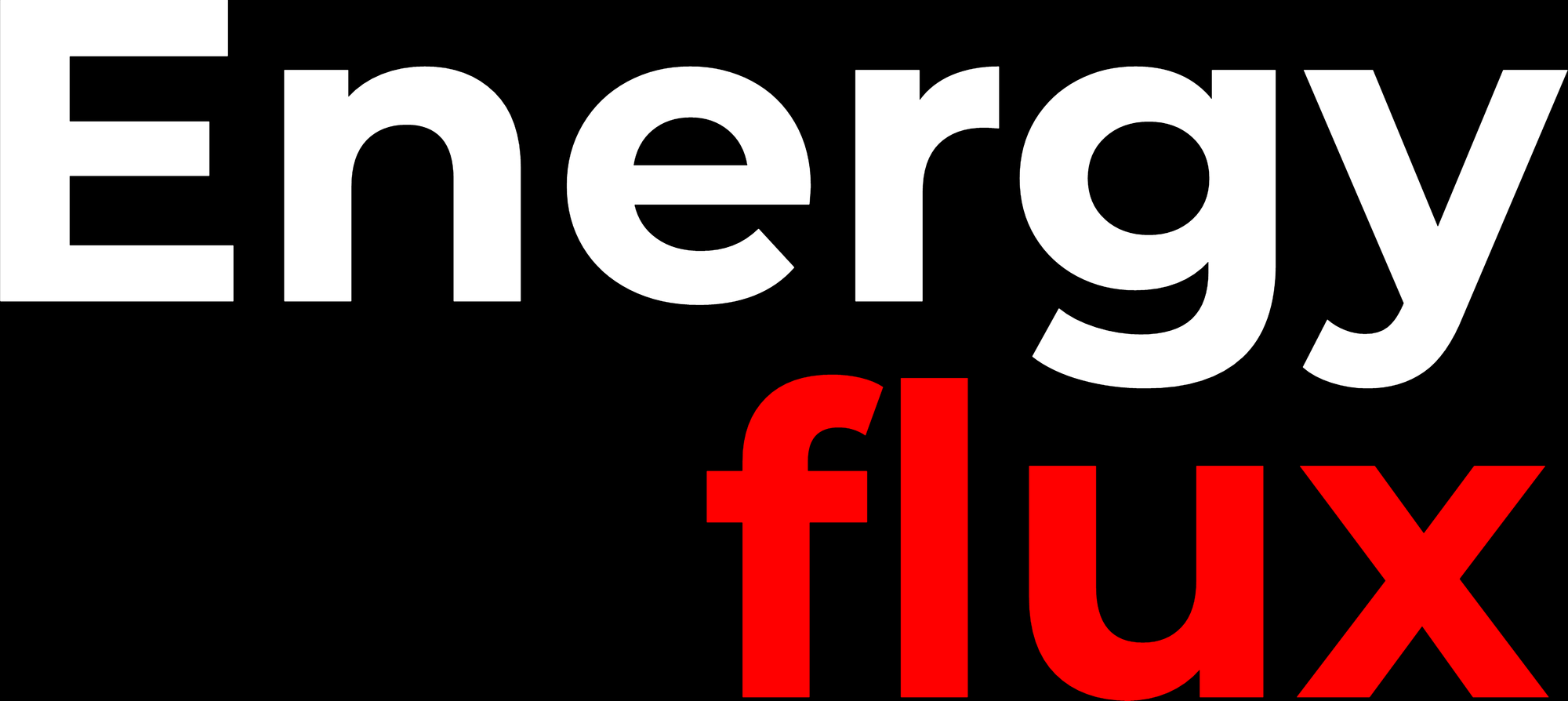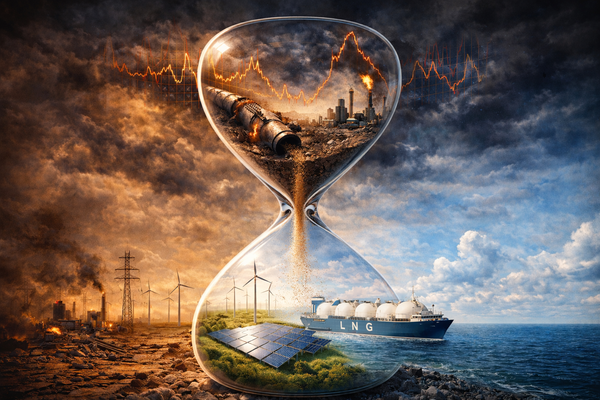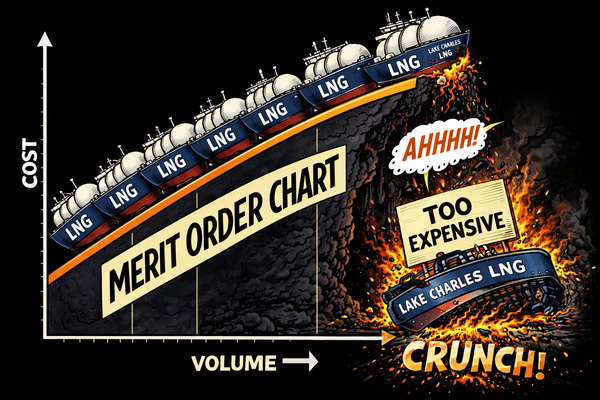Terminal decline
Softening demand raises questions around Europe's LNG terminal expansion drive | EU LNG chart deck: 27 Oct - 10 Nov 2023


Member discussion: Terminal decline
Read what members are saying. Subscribe to join the conversation.





